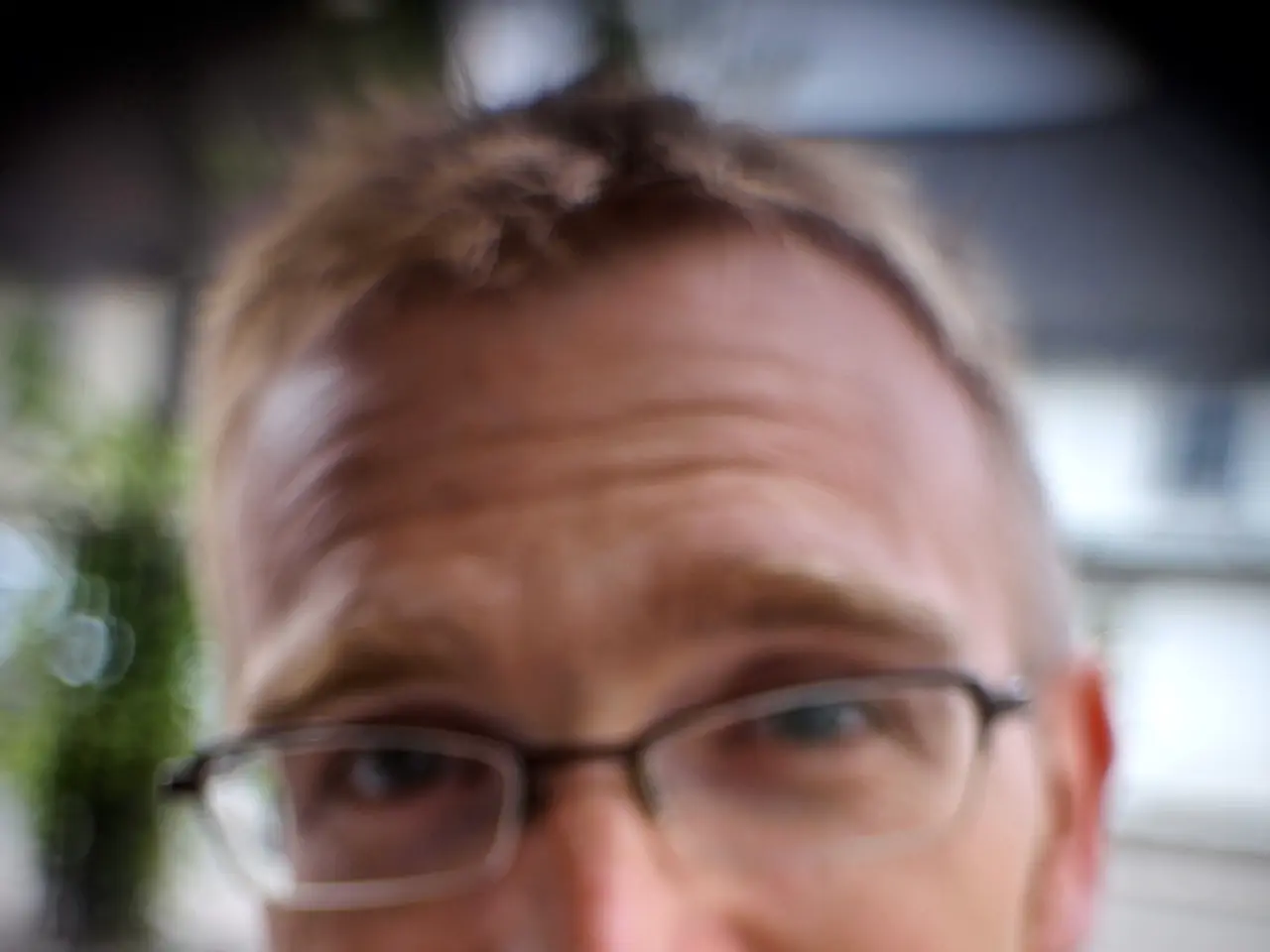Surgical Procedure for Drooping Eyelids: Blepharoplasty
Blepharoplasty, a surgical procedure used to repair droopy eyelids, is a common cosmetic surgery performed by specialists like Dr. Rajat Gupta. This practitioner, who specializes in blepharoplasty, offers the latest aesthetic surgeries and procedures equipped with the latest technology at RG Aesthetics.
Immediate Post-Op (First 48 Hours)
After the surgery, patients are advised to use cold compresses, such as ice packs or frozen peas, intermittently (e.g., 10-20 minutes every hour) to reduce swelling and bruising. Keeping the head elevated is also crucial during this period. Prescribed pain relievers and antibiotics may be provided to manage discomfort and prevent infection.
Day 3 Onward
By day 3, it's time to switch to warm compresses to help reduce bruising and promote blood flow. Patients can expect stitches to be removed around day 5 to 7, and swelling and bruising to decrease markedly. At this point, patients can usually return to work and normal activities, but should still avoid vigorous exercise or heavy lifting for at least two weeks.
Makeup and Contact Lenses
Can generally resume around 7 to 10 days after surgery, once incisions have healed sufficiently and stitches are out. Contact lenses can usually be worn again after about 2 to 3 weeks, when irritation has mostly resolved.
Long-Term Recovery
Complete healing and final results take several months (2-3 months or more), with scars fading into natural eyelid creases by about 3 months. Patient compliance with these guidelines promotes better healing and reduces complications following blepharoplasty.
Pre-Surgery Preparations
Patients are advised to quit smoking two weeks before blepharoplasty, arrange for someone to transport them home and care for them after the procedure, and eat a light meal the evening before surgery and fast after midnight before the procedure. Essential medications should be taken with a small sip of water on the morning of the procedure.
Blepharoplasty involves the removal of excess skin, muscles, and fat during the surgery. Incisions are made in the natural folds of the eyelid. Local or general anesthesia is administered before the procedure.
To book an appointment with Dr. Gupta, a board-certified plastic surgeon with 15 years of experience in India, call 91-9251711711 or email contact@our website.
- Blepharoplasty, a common cosmetic surgery performed by specialists like Dr. Rajat Gupta, involves the removal of excess skin, muscles, and fat during the procedure.
- In the immediate post-op period (first 48 hours), patients are advised to use cold compresses, such as ice packs or frozen peas, intermittently to reduce swelling and bruising, and keeping the head elevated is crucial.
- Prescribed pain relievers and antibiotics may be provided to manage discomfort and prevent infection, and patients are encouraged to follow these guidelines to promote better healing and reduce complications.
- By day 3, patients can switch to warm compresses to help reduce bruising and promote blood flow, and stitches are usually removed around day 5 to 7.
- Patients can generally resume makeup and contact lenses around 7 to 10 days and 2 to 3 weeks after surgery, respectively, as long as incisions have healed sufficiently and irritation has mostly resolved.
- Complete healing and final results take several months (2-3 months or more), with scars fading into natural eyelid creases by about 3 months.
- Pre-surgery preparations include quitting smoking two weeks before blepharoplasty, arranging for someone to transport them home and care for them after the procedure, eating a light meal the evening before surgery, and fasting after midnight before the procedure. Essential medications should be taken with a small sip of water on the morning of the procedure.




